Bulova
Speedmaster 2998 & Bulova Accutron: Space Race Double Team
Above: Wally Schirra, the only astronaut to fly in three NASA space programs (Mercury, Gemini and Apollo), wearing his Omega Speedmaster and Bulova Accutron, one on each wrist.
In Omega and Bulova, the exceptional and the revolutionary double-teamed to help America win the Space Race.
A race is not a stroll because it demands the best of the participants if they are competing to win, whether against other competitors, or a standard like time itself. In the Space Race, exceptional men were tasked to accomplish revolutionary feats: blasting off into space, taking a walk in the void, planting flag and footsteps on the moon itself – none of these had ever been attempted in the whole course of human civilization. In the timepieces that accompanied such milestones, we also see the mirroring of the exceptional and the revolutionary. Omega was exceptional, at the peak of mechanical brilliance. Bulova was revolutionary, offering electronic timekeeping predating the ubiquity of quartz.
Exceptional: Omega Speedmaster CK2998
A multitude of Speedmasters have been and continue to be used, in space. In this esteemed company, the stand-out references would be the one that NASA declared “Flight Qualified for all Manned Space Missions” (March 1, 1965; ref. 105.003), the one first worn on the moon (July 20, 1969; ref. 105.012 ‘Moonwatch’); and the one which snuck into space before either of them: the CK2998, on the wrist of Wally Schirra, the first American in space who orbited the Earth six times in the Sigma 7 on October 3, 1962.
Shirra’s CK2998 was not NASA-certified, and it wasn’t standard issue; he had bought it privately, as did some of his peers in the Mercury program. Testing a watch for use in space would come after, for the Gemini and Apollo missions.
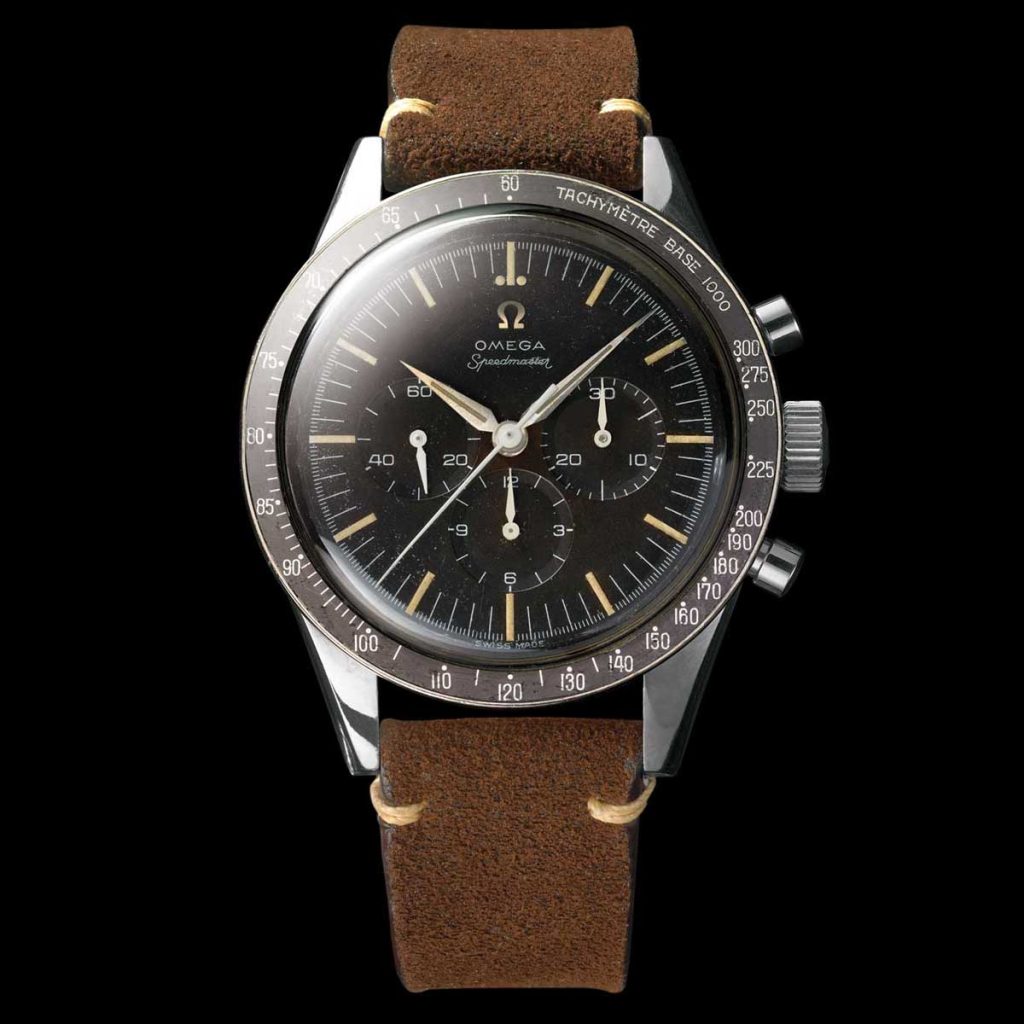
Speedmaster CK2998
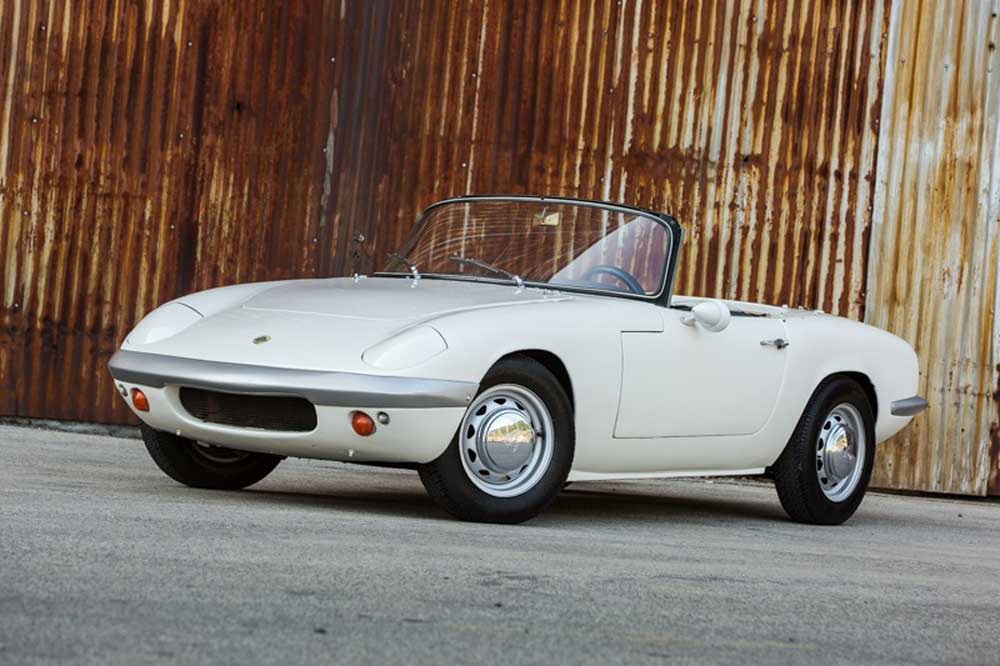
1965 Lotus Elan
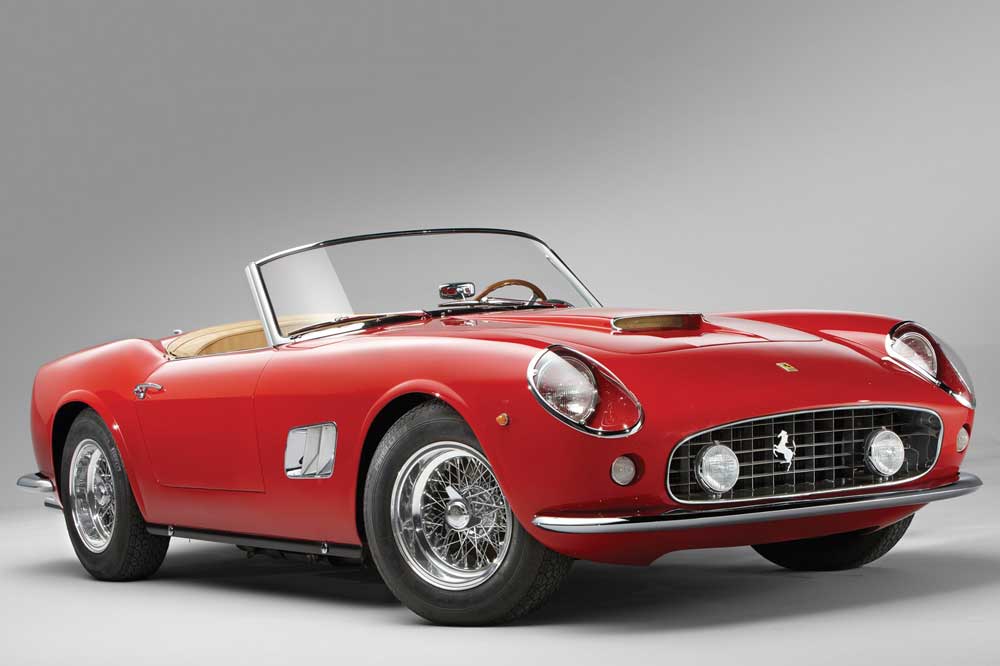
1962 Ferrari 250 GT
• Production: 1959 to 1963. Eight variants were produced over a span of 4 years, numbering an estimated 8,000 watches.
• Dial: Alpha hands, baton hands for the registers in later years, slim central chronograph hand, some variants had lollipop or drop counterweight central chronograph hand.
• Movement: Manual-wind cal. 321 column wheel chronograph
• Case: 39.7mm steel case, straight lugs, base 1,000 black aluminum bezel (changed to base 500 in later samples). Also available with pulsometer (15 pulsations) or decimal bezels.
• Prices (USD):
Antiquorum: Oct 2018, $12k
Bonhams: June 2018, $16.4k
Christie’s: March 2019, $15k; June 2018, $62.5k; May 2016, $19k
Revolutionary: Bulova Accutron Astronaut
We take today’s highly precise quartz and satellite-referenced watches and timing systems very much for granted, but before the arrival of quartz watches for consumers in 1969, mechanical timekeeping was largely it… with the exception of the Bulova Accutron. Introduced in 1960, it was the world’s first fully electronic watch, and truly revolutionary not just for being powered by a button cell, it also ditched the beloved balance wheel and spring for a tuning fork! It also went crown-less, with setting lever posited on the case back.
Compared to a mechanical escapement that oscillates at a few times per second, the Accutron blitz along a hundred times faster at 360Hz, achieving quartz-standard precision, and cost less than USD 200 to buy.
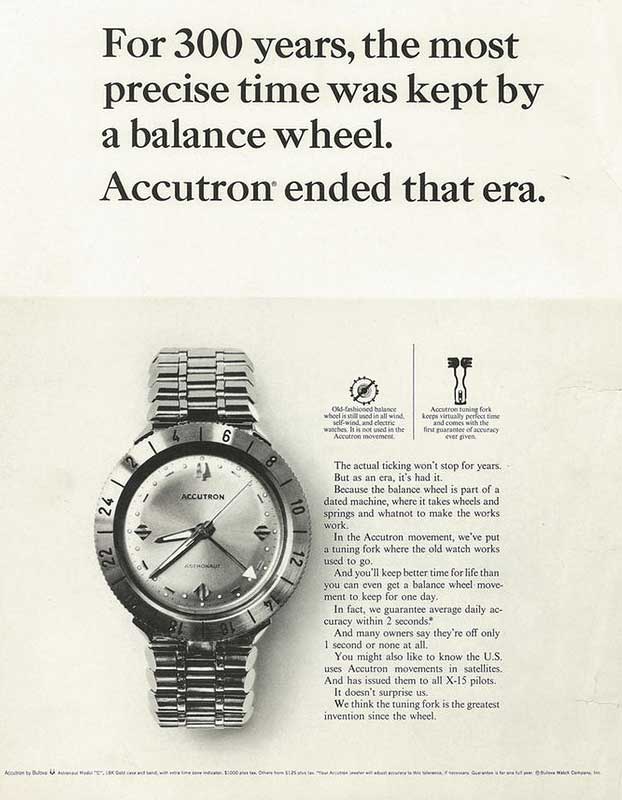
The Accutron represented a revolutionary advance in timekeeping
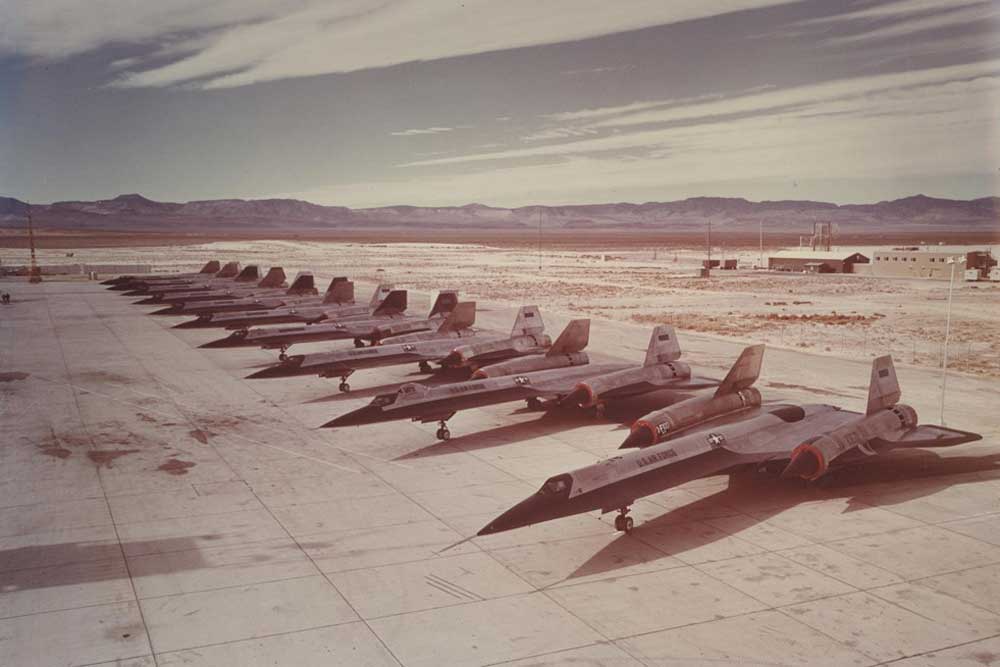
The A-12 spy plane precedes the SR-71 Blackbird and was the fastest plane in its time, capable of speeds over Mach 3
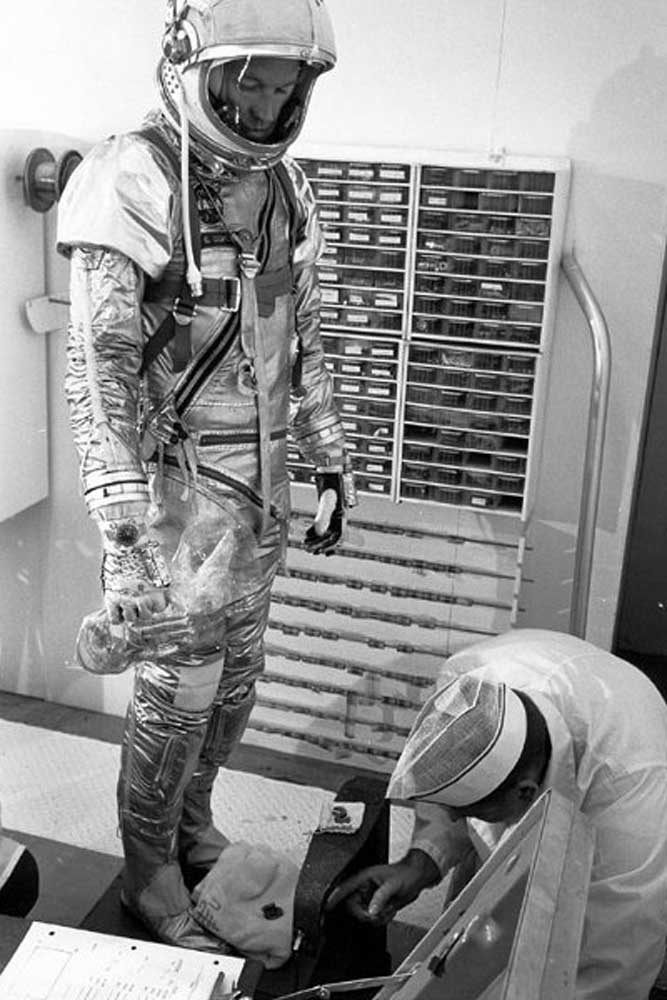
Gordon Cooper, wearing an Accutron Astronaut on his right wrist, and an Omega Speedmaster on his left.
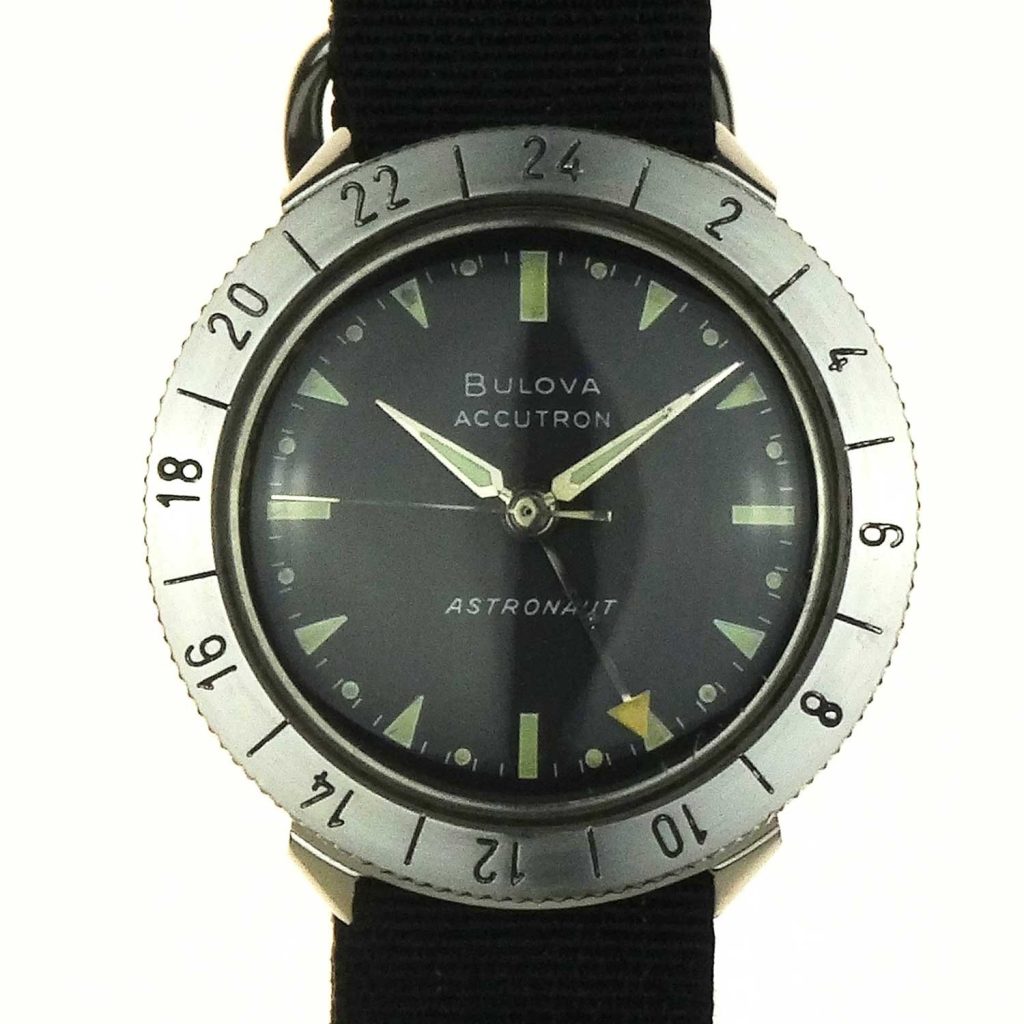
Bulova Accutron Astronaut
• Production: 1962 to 1969
• Movement: 214HN electronic movement with tuning fork oscillator running at 360Hz; 24-hour hand
• Case: 38mm steel case, rotating bezel
• Prices (USD):
Antiquorum: March 2017, $1.8k; June 2009, $840; October 2001, $700
Bonhams: June 2014, $440; January 2012, $470; March 2008, $285
Christie’s: September 1999, $3.7k (astronaut’s watch)










